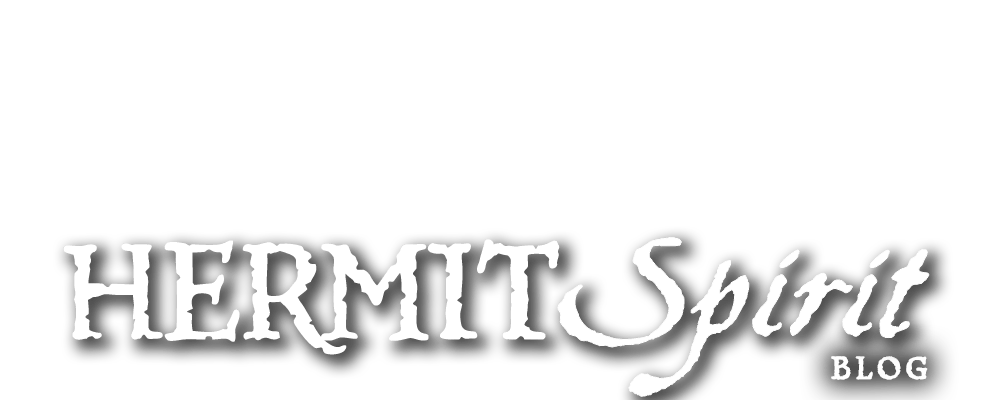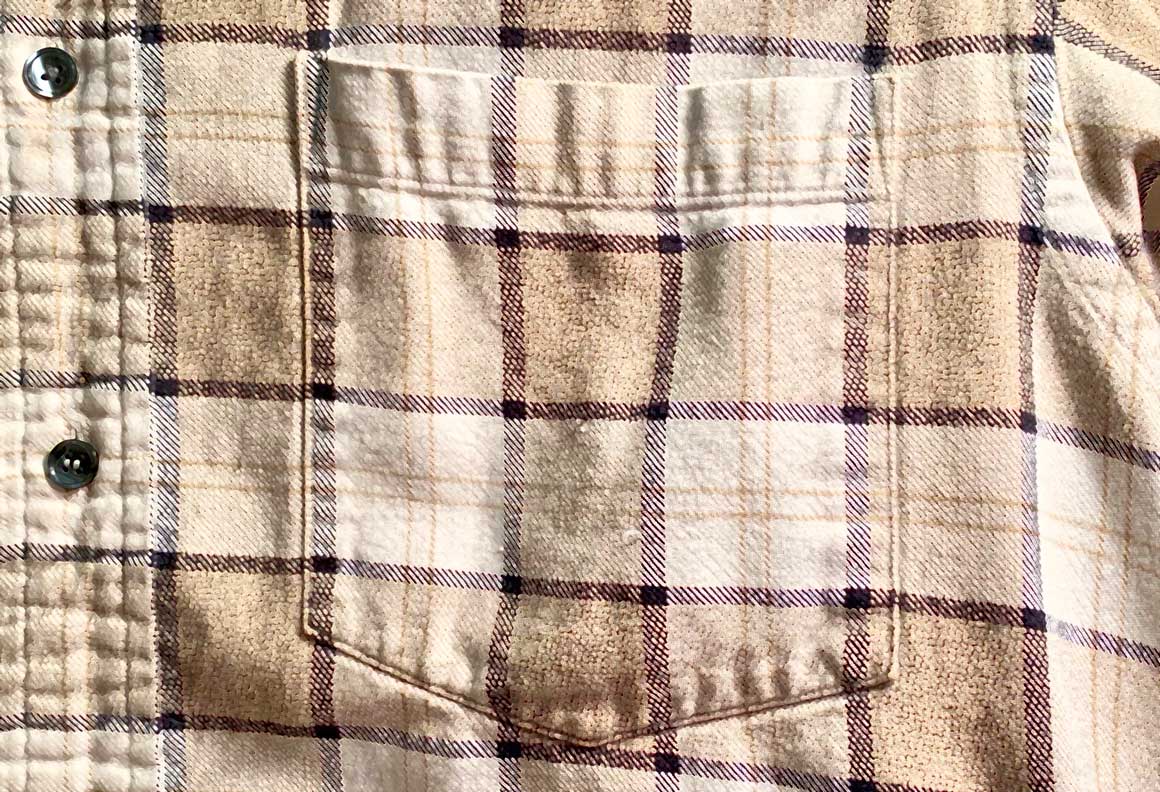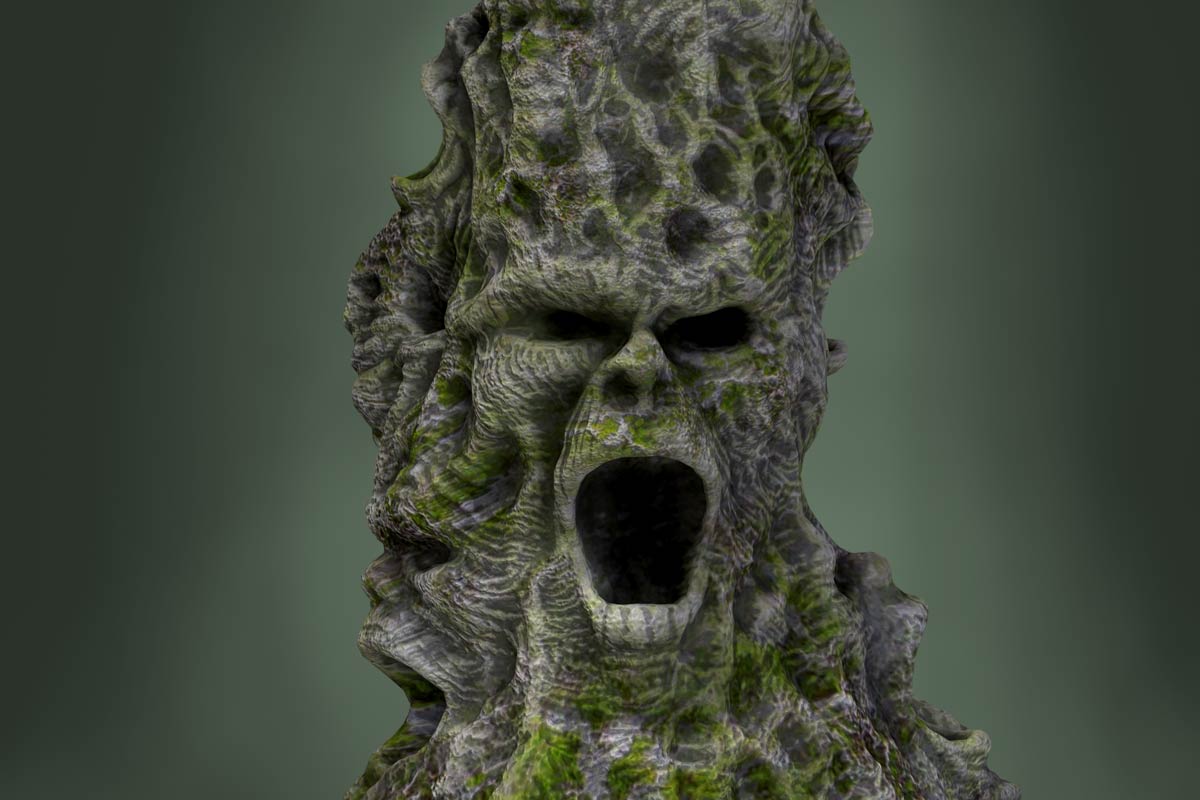Roaming for food, seeking haven
As far as I could tell, Justin and Jack were fed at their place next door twice a day. Presumably they were fed in the morning right before or after being let out of the garage for the day, and again when being put inside again at night. On the other hand, perhaps they also had access to food ad libitum from a feeder overnight, although they were so ravenous when showing up at our place each morning, I doubted it. Or, alternatively, perhaps they didn’t much care for the food they were given.
I didn’t know any of this for sure, and could have been wrong. It was my best guess, based on the clues I could discern while keeping at arm’s length and not prying.
What did seem to be pretty clear, though, is that the two were put outside all day to fend for themselves. And when you do that with a cat, you can be sure they are going to try to line up other sources of food for themselves with sympathetic neighbors.
They will also try to secure secluded quiet spots and hidey-holes near preferred food sources for napping. They will scout out perches to serve as lookout posts or for keeping an eye and ear out for telltale signs food may be on its way. If they get caring attention from their benefactors as part of the bargain, so much the better.
Our own cats, with more frequent access to food, rarely wandered more than a half-block away, sometimes perhaps a block. Jack and Justin, though, had been spotted ranging as far away as two or three blocks from home, based on reports and photos posted by others in our neighborhood group online, as well as sightings by a friend of mine. Of course, part of this roving around could be attributed to the fact they were not neutered, but food is always a factor.


